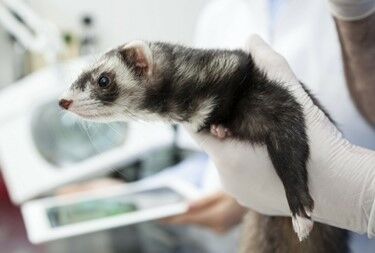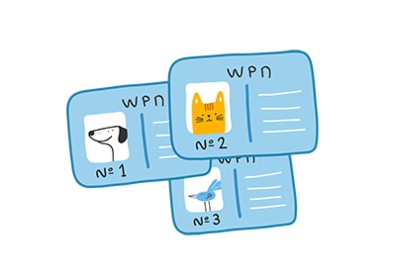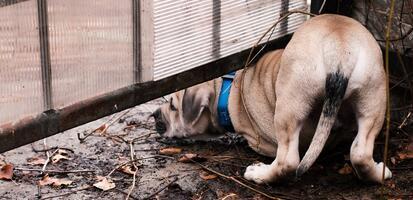IF YOUR CAT SPENDS TIME OUTDOORS, ENSURE ITS SAFETY AND MICROCHIP IT !
- microchip: construction and function
A microchip is an integrated circuit with a unique 15-digit number encoded on it. A microchip is activated by radio waves emitted by a compatible reader. It does not need an external power source, ensuring that it remains operational for decades and does not have to be replaced within the animal's lifetime. A chip comes encapsulated in hypoallergenic, biocompatible glass with anti-migration coating. The coating also offers protection from the negative effects of natural substances present within an animal's body. This ensures that the chip is safe to use and reliable.
- numeric code
Every microchip has a unique code consisting of 15 digits in a set order:
GENERAL MICROCHIP CODE TEMPLATE:

__ - Shared code (e.g. 900) or manufacturer code (9XX)
__ - Manufacturer's code
__ - Unique microchip number
- microchips for cats
Many cat owners believe that their pet does not need a microchip because it never leaves the apartment, for example. On the other hand, cats which spend time outdoors are also rarely chipped as their owners think that the animal will always find its way home. However, shelters are full of cats which either slipped out when the owner was not watching or lost their way when hunting for prey. Without identification, these animals cannot return home, which is why chipping your cat is as important as chipping any other pet.
Due to the fact that cat skin is delicate, we recommend using smaller, 1.4 mm x 8 mm chips. A thinner needle is used during the implantation process, making the procedure less stressful and painless. Such microchips are perfect for both smaller and larger cats.
A MICROCHIP IS ABSOLUTELY MEDICALLY SAFE FOR YOUR CAT – CHOOSE THE RIGHT SIZE AND CHIP YOUR PET TODAY!
- cat chipping procedure
What is the chipping procedure for cats?
It is recommended that a microchip be implanted by a qualified veterinarian. A chip is implanted under the animal's skin, on the left side of its neck or between the scapulas – depending on the legal requirements. A chip is implanted in a manner similar to an injection, using a single-use kit consisting of a sterile syringe and a transponder located in the needle. When performed correctly, chipping is completely safe and painless, which means that no anaesthesia is required. Microchips are designed to ensure that they do not cause inflammation, and should not be felt under the skin when implanted properly.

DO NOT BELIEVE THE STEREOTYPES - A CAT NEEDS TO BE CHIPPED. SHELTERS ARE FULL OF CATS WHOSE OWNERS DID NOT THINK CHIPPING WAS NECESSARY.













